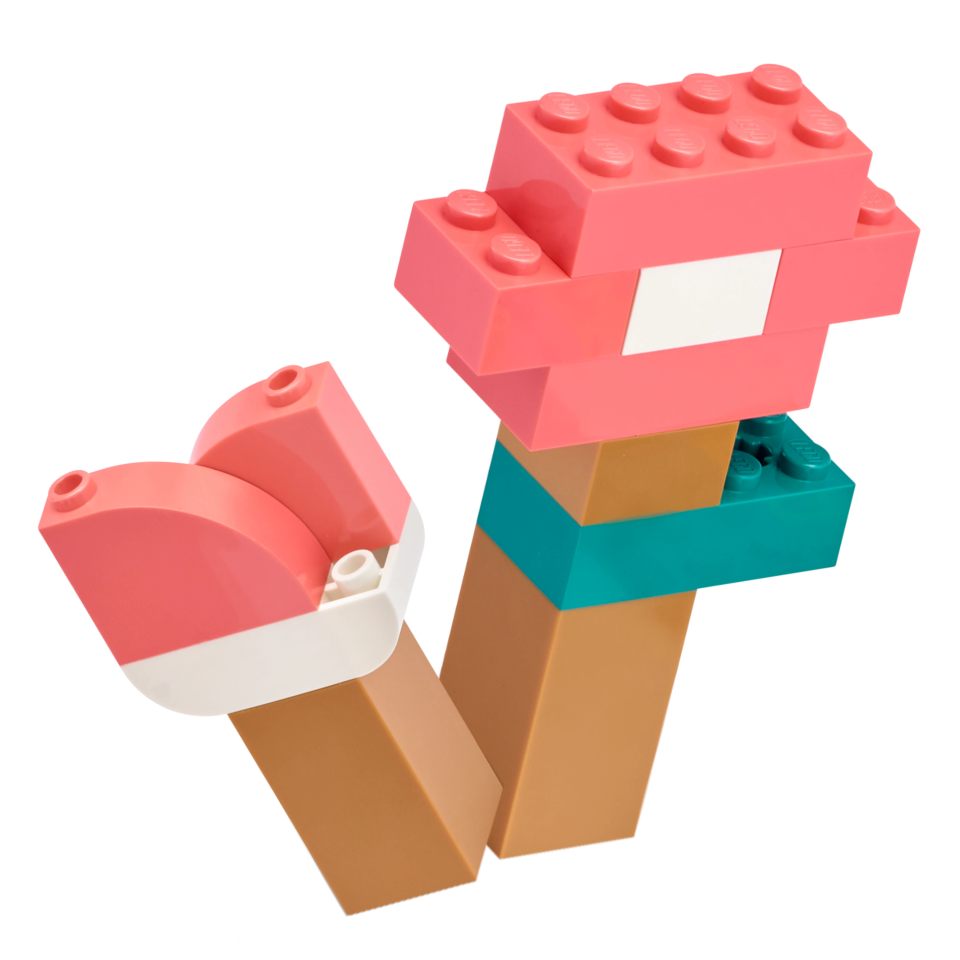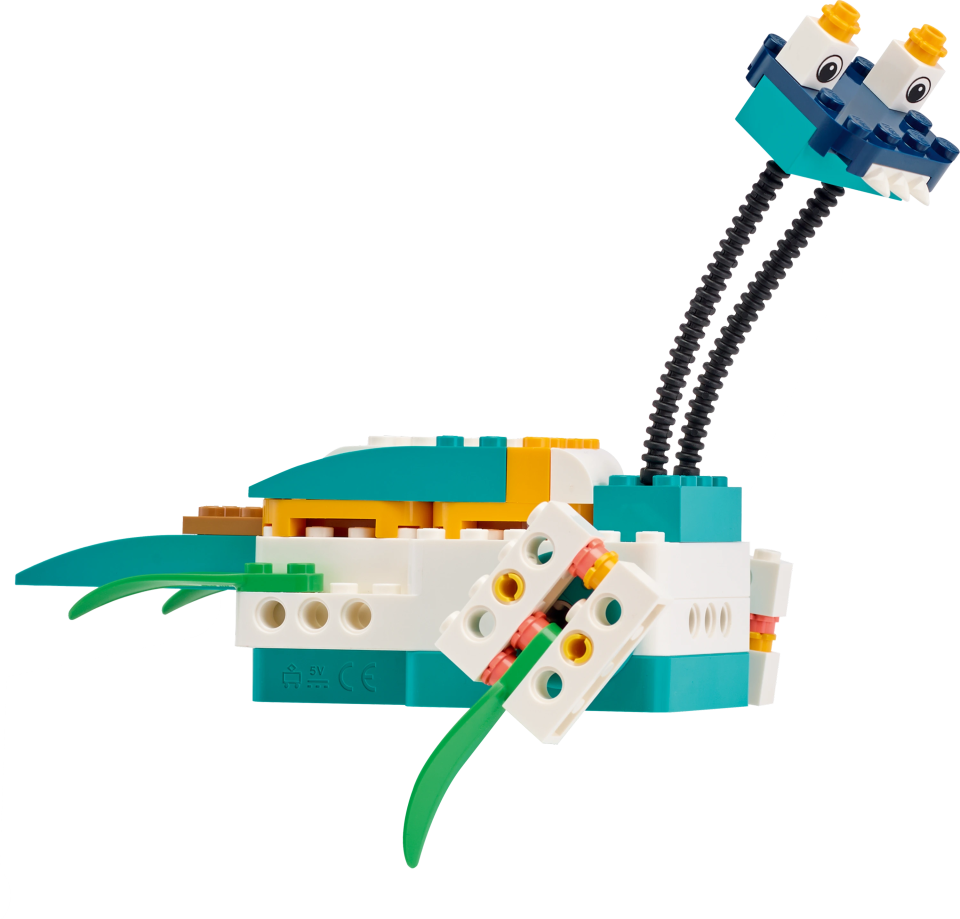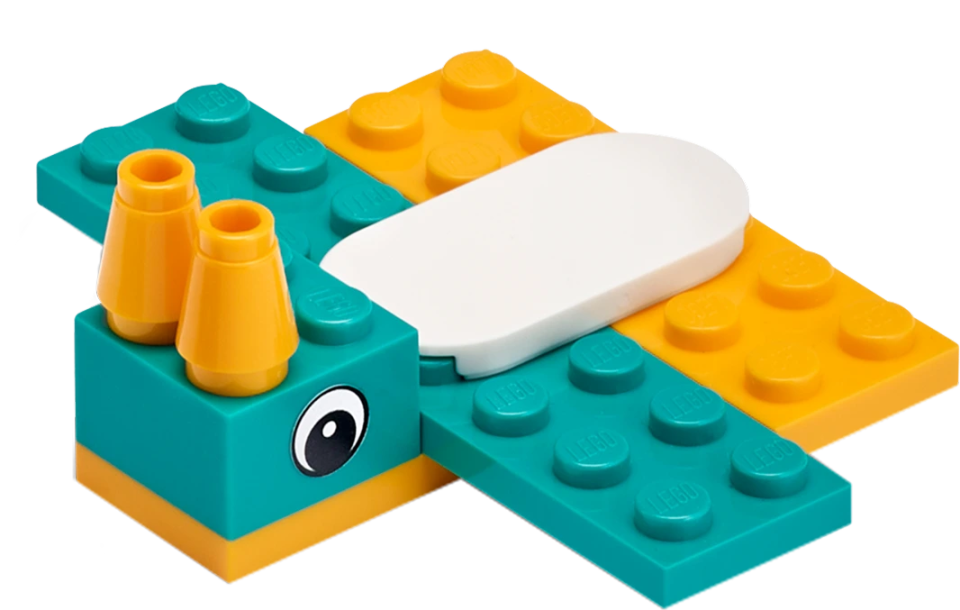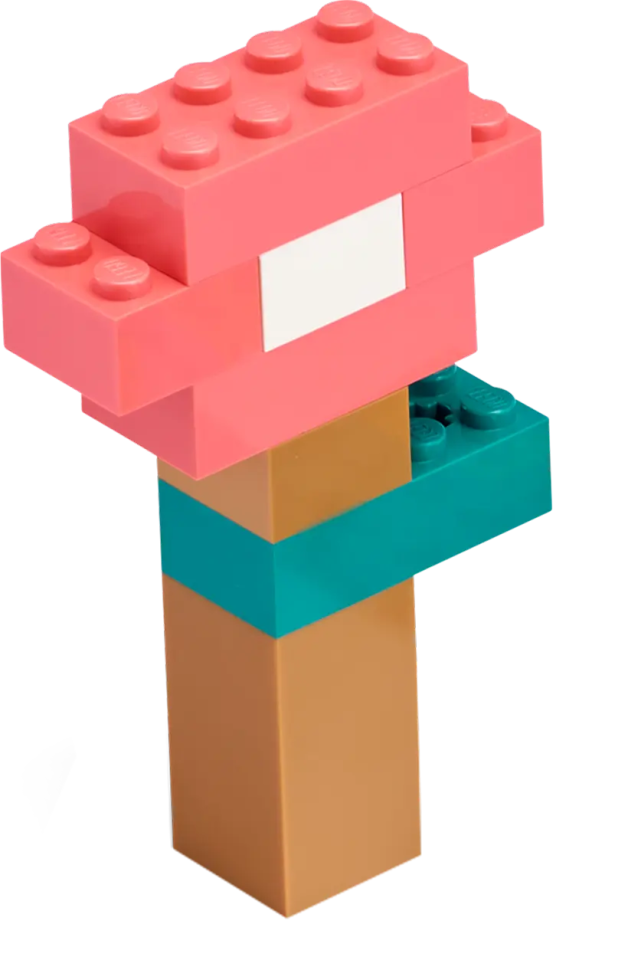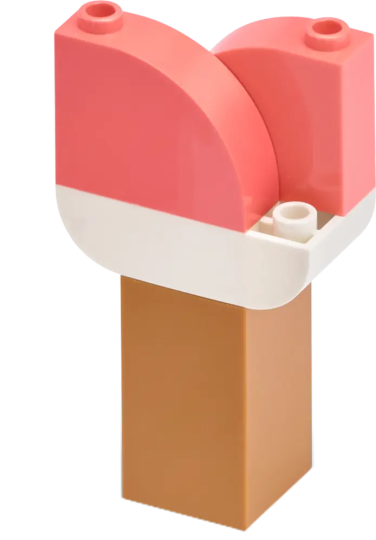Design for Someone
Use the complete design process to solve a real-world problem that’s linked to prostheses.
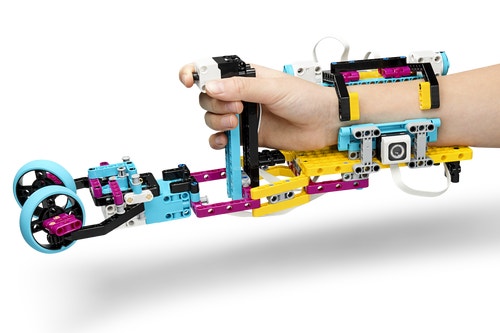
Lesson plan
1. Prepare
- Read through the pupil material in the LEGO® Education SPIKE™ App.
- Plan accordingly, this project is designed to be completed over multiple classes.
Part A
2. Engage (15 Min.)
- Use the ideas in the Ignite a Discussion section below to engage your pupils in a discussion relating to this lesson.
- Use the video to explain the lesson.
3. Explore (30 Min.)
- Allow your pupils time to brainstorm.
- Have them work in pairs to choose 2 ideas that they'd like to try.
Part B
4. Explain (45 Min.)
- Have each pair of pupils build and test their 2 chosen solutions.
- Make sure that they can create their own tables for collecting data about their testing method.
Part C
5. Elaborate (45 Min.)
- Facilitate a sharing session in which each team presents their results.
6. Evaluate
- Give feedback on each pupil's performance.
- In order to simplify the process, you can use the assessment rubrics that have been provided.
Ignite a Discussion
Start a discussion about prosthetics and what your pupils would do if they had to replace someone's hand with a new function.
- Have them think about someone who's missing a limb and what they'd most like to do with a prosthesis.
- Ask them to get creative and think about reinventing a hand. What would a chef, mechanic or even a pupil like them like to have instead of a hand?

David Aguilar Amphoux
Building Tips
Open-Ended Solutions
This project is designed so that every pupil or team can have a unique solution.
Example Solution
Give all of your pupils the same starting point by having them build this arm. Ask them to make it their own by designing a specific function such as grabbing fairly big objects.
Here's an idea that you can use as a proof of concept.
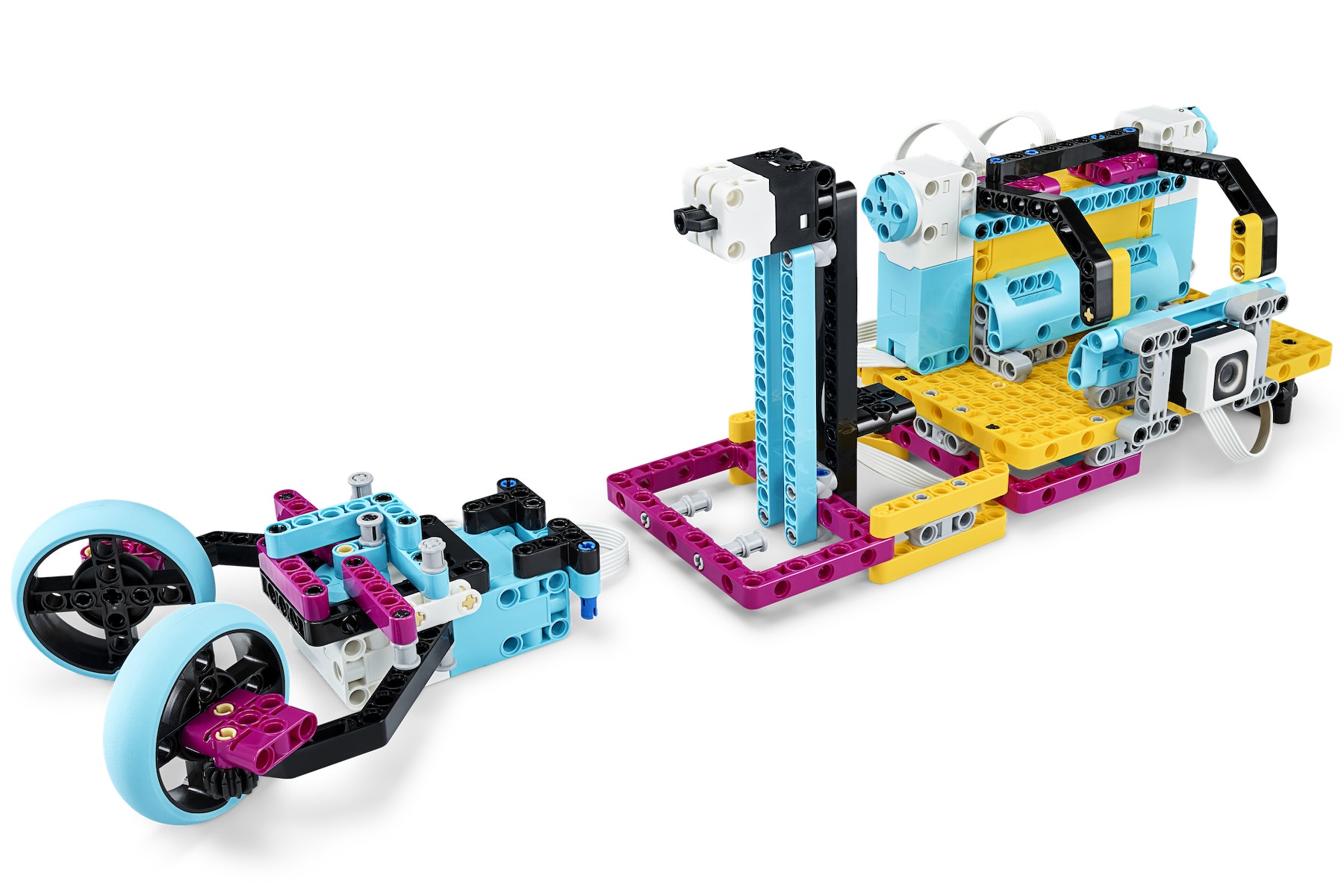
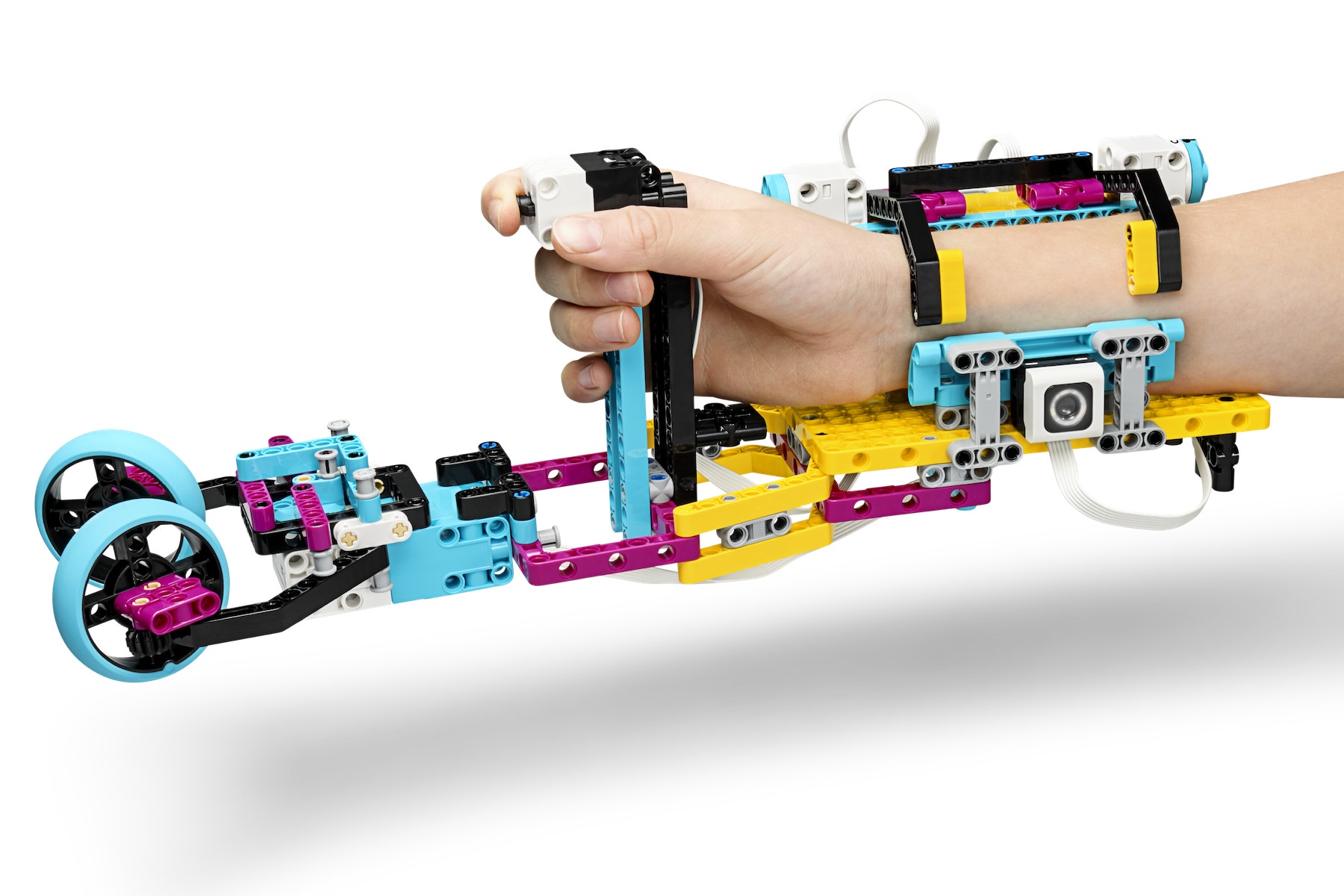
Coding Tips
Main Program

Differentiation
Simplify this lesson by:
- Using the suggested example solution as the starting point for all pupils
- Narrowing the task to something very specific such as picking up a piece of fruit or turning a door handle
Take this lesson to the next level by:
- Inviting a specialist from the prosthesis department at a hospital or university to speak to your class
- Pairing up with a specialist to try to design a real-life solution for someone
- Using 3-D printed or laser-cut parts, if you have those tools available
Assessment Opportunities
Teacher Observation Checklist
Establish a scale that suits your needs, for example:
- Partially accomplished
- Fully accomplished
- Overachieved
Use the following success criteria to evaluate your pupils' progress:
- The pupils are able to identify the key elements of a problem.
- The pupils are autonomous in developing a working and creative solution.
- The pupils are able to communicate their ideas clearly.
Self-Assessment
Have each pupil choose the brick that they feel best represents their performance.
- Blue: I've successfully created a new hand.
- Yellow: I've successfully created a new hand that has a creative way of performing the desired function.
- Violet: I've successfully created a new hand that has a creative way of performing the desired function and I've presented my ideas in a way that's clear and easy to understand.
Peer-Assessment
Encourage your pupils to provide feedback to one another by:
- Having one pupil use the coloured brick scale above to score another pupil’s performance
- Asking them to present constructive feedback to one another so that they can improve their group’s performance during the next lesson
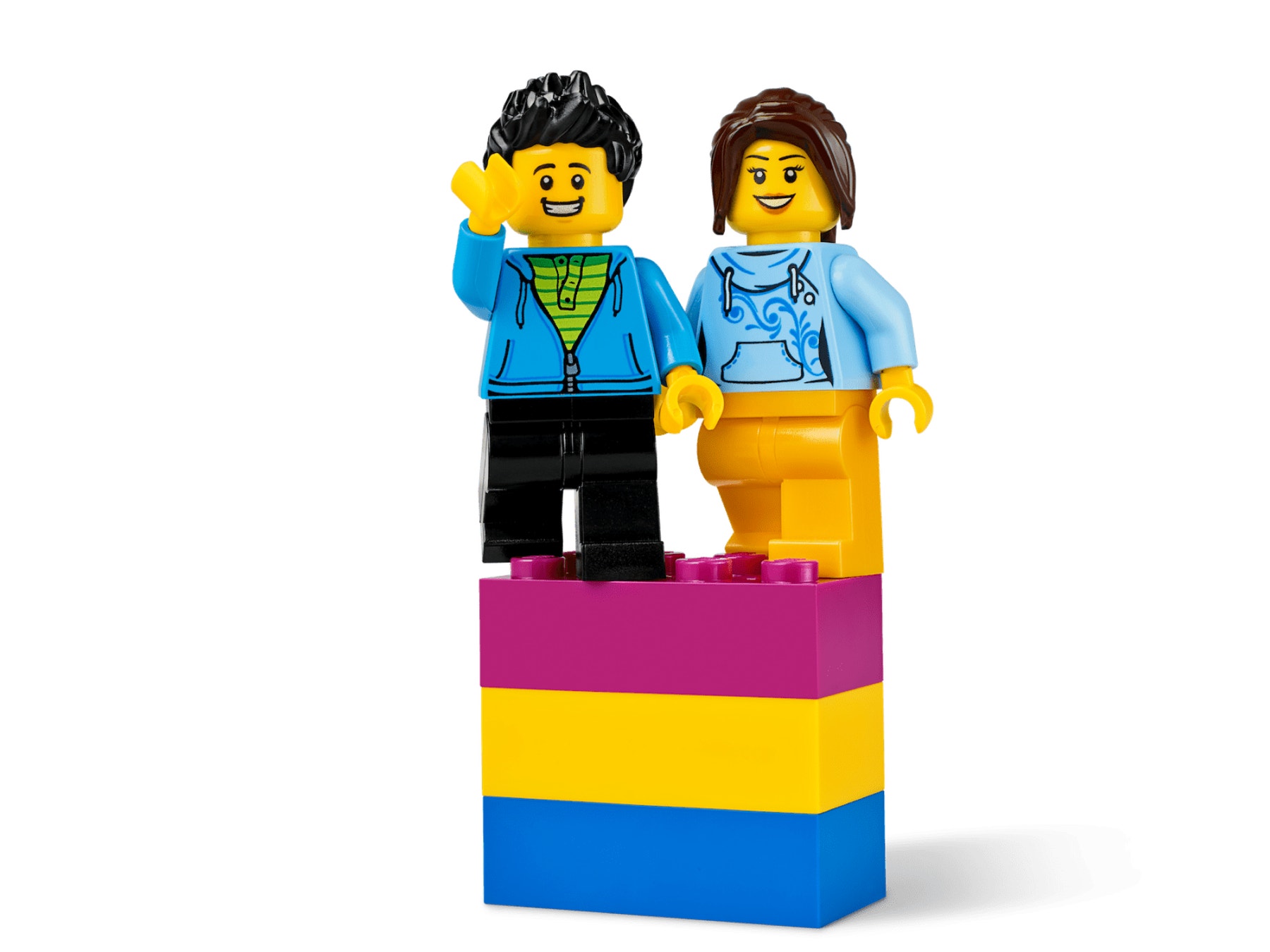
Language Arts Extension
To incorporate the development of language arts skills:
- Have your pupils use text, images, videos, sketches, etc. to record their design process, creating an Inventor Notebook to document their project.
- Have them present their project to a wider audience (e.g. during a science fair).
Career Links
The pupils who enjoyed this lesson might be interested in exploring these career pathways:
- Health Science (Biomedical)
- Health Science (Medical and Health Careers)
- Health Science (Medical Assistant)
- Manufacturing and Engineering (Pre-Engineering)
Teacher Support
The pupils will:
- Use the design process to create a solution to a real-life problem
LEGO® Education SPIKE™ Prime Set
CAS Computing Progression Pathways
Algorithms:
Recognises that different algorithms exist for the same problem. (AL) (GE)
Data and Data Representation:
Analyses and evaluates data and information, and recognises that poor quality data leads to unreliable results, and inaccurate conclusions. (AL) (EV)
Information Technology:
Uses criteria to evaluate the quality of solutions, can identify improvements making some refinements to the solution, and future solutions. (EV)
